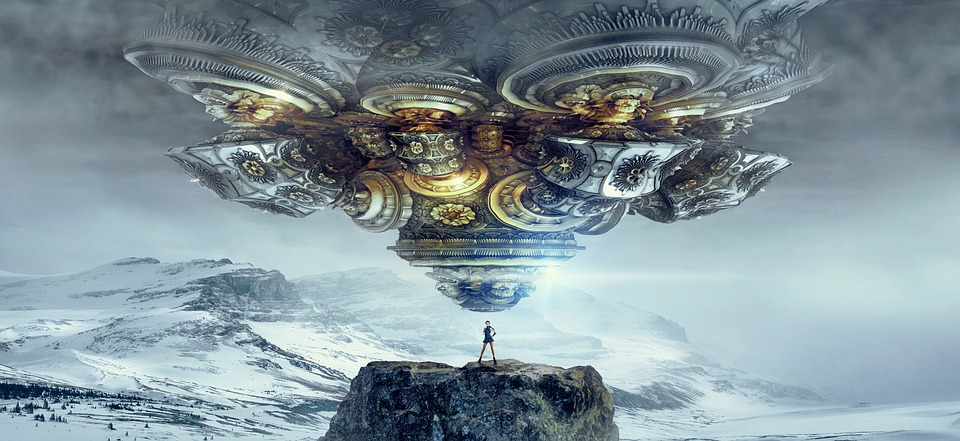Exploring the Ancient Origins and Symbolism of Tarot Cards
Introduction
Tarot cards have long captivated people with their mysterious and enigmatic symbolism. These cards, used for divination and fortune-telling, have a rich history that stretches back centuries. In this article, we will delve into the ancient origins of tarot cards, their symbolism, and the significance they hold in various cultures.
The Ancient Origins of Tarot Cards
The exact origins of tarot cards are shrouded in mystery. Some believe they originated in ancient Egypt, while others trace their roots to medieval Europe. The first documented evidence of tarot cards can be found in the 15th century, where they were used as playing cards in Europe.
One popular theory suggests that the cards were brought to Europe by traveling Romani people. These nomadic groups were known for their divination practices, and it is speculated that they introduced the concept of using tarot cards for fortune-telling. However, this theory lacks concrete evidence.
Another theory suggests that tarot cards were inspired by the Book of Thoth, an ancient Egyptian text believed to contain esoteric knowledge. The book is said to have been written by the Egyptian god Thoth, who was associated with wisdom and magic. The imagery and symbolism found in tarot cards bear striking similarities to the concepts presented in the Book of Thoth.
The Symbolism of Tarot Cards
Each tarot card is adorned with intricate symbols and imagery that hold deep meanings. Understanding these symbols is crucial in interpreting the messages conveyed by the cards.
The Major Arcana, consisting of 22 cards, represents significant life events and spiritual lessons. Each card in the Major Arcana is associated with a specific archetype and carries its unique symbolism. For example, The Fool represents new beginnings and taking risks, while The High Priestess symbolizes intuition and hidden knowledge.
The Minor Arcana, consisting of 56 cards, is divided into four suits: Cups, Swords, Wands, and Pentacles. Each suit represents a different aspect of life, such as emotions, intellect, creativity, and material possessions. The numbered cards in each suit depict various stages or situations related to the corresponding element.
Furthermore, the imagery depicted on tarot cards often draws inspiration from mythology, astrology, numerology, and other esoteric traditions. For example, The Chariot card may feature a charioteer holding the reins of two opposing sphinxes, symbolizing the need for balance and control over conflicting forces.
The Significance of Tarot Cards in Different Cultures
Tarot cards have been embraced by various cultures throughout history, each attributing its unique significance to the cards.
In Europe, tarot cards were initially used for recreational purposes, but they gradually gained recognition as powerful tools for divination. They became especially popular in the 18th and 19th centuries among occultists and esoteric societies who sought to unlock the mysteries of the universe.
In Hinduism, tarot cards are associated with the concept of karma and the cycles of life and death. The Hindu interpretation of tarot cards often incorporates elements of astrology and numerology to provide guidance and insight into one’s spiritual journey.
In modern times, tarot cards have gained popularity as a tool for self-reflection and personal growth. Many individuals use tarot readings as a means of gaining clarity, exploring their subconscious, and seeking guidance in making important life decisions.
FAQs
1. Can anyone learn to read tarot cards?
Yes, anyone can learn to read tarot cards. While it may seem daunting at first, with patience and practice, anyone can develop the skills necessary to interpret the cards’ symbolism and meanings.
2. Are tarot cards a form of fortune-telling?
Tarot cards can be used for fortune-telling purposes, but their true power lies in providing guidance and insight into various aspects of life. They can help individuals gain clarity, explore their emotions, and make informed decisions.
3. Are tarot cards linked to any specific religion?
No, tarot cards are not linked to any specific religion. They are a tool that can be used by individuals from various belief systems to gain insight and understanding.
4. Can tarot cards predict the future accurately?
Tarot cards provide guidance and insight, but they do not predict the future with absolute certainty. The future is not set in stone, and our actions and choices can influence its outcome. Tarot cards can help individuals make informed decisions and navigate their paths.
5. Is it necessary to have psychic abilities to read tarot cards?
No, psychic abilities are not necessary to read tarot cards. While some individuals may possess natural intuition or psychic abilities that enhance their interpretations, anyone can learn to read tarot cards through study and practice.
6. Can tarot cards be used for harmful purposes?
Tarot cards themselves are not inherently harmful. However, the intentions and actions of the reader can determine whether the cards are used in a positive or negative manner. It is important to approach tarot readings with respect, empathy, and ethical considerations.
Conclusion
Tarot cards have a fascinating history that spans across centuries and cultures. The ancient origins of these cards are still debated, but their symbolism and significance have left an indelible mark on various belief systems and practices. Whether used for divination, self-reflection, or personal growth, tarot cards continue to captivate and inspire people around the world.

